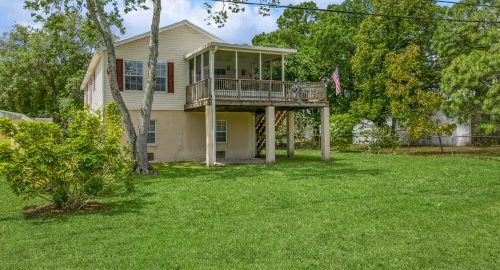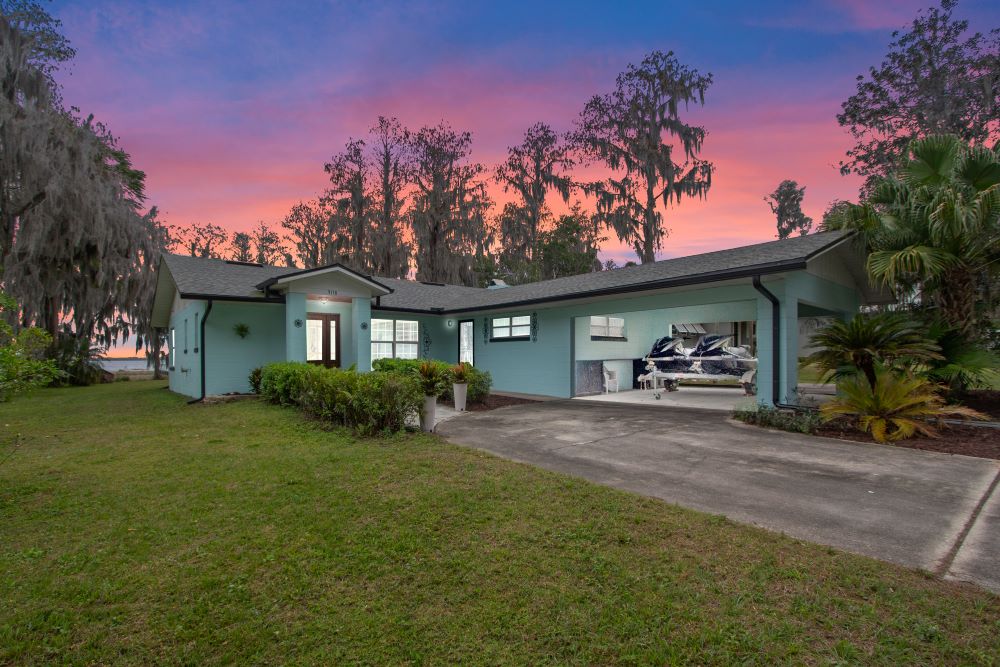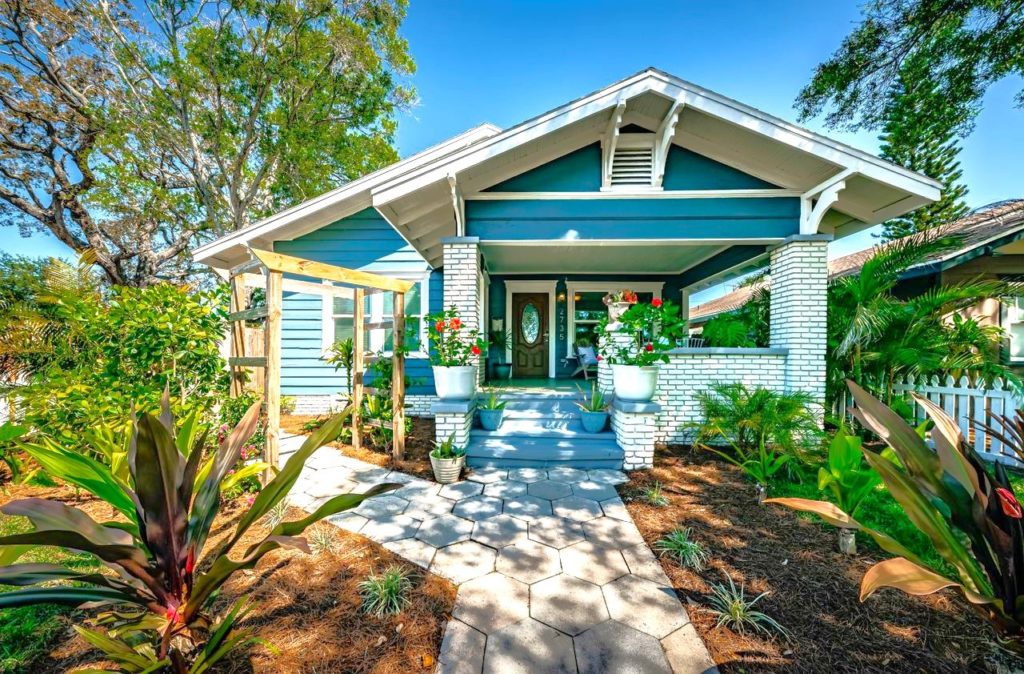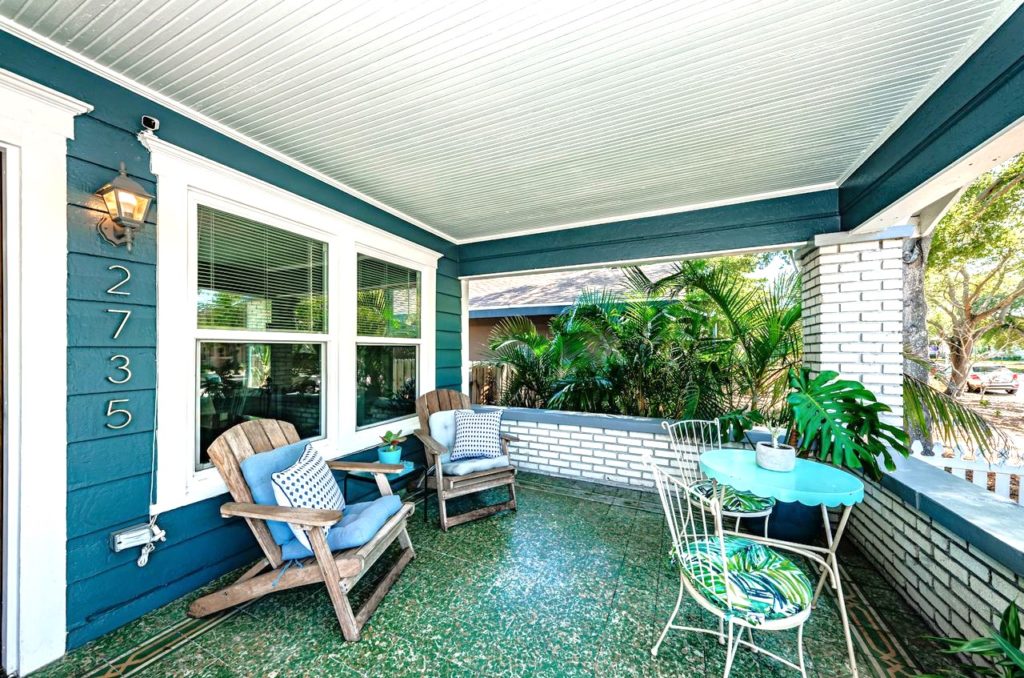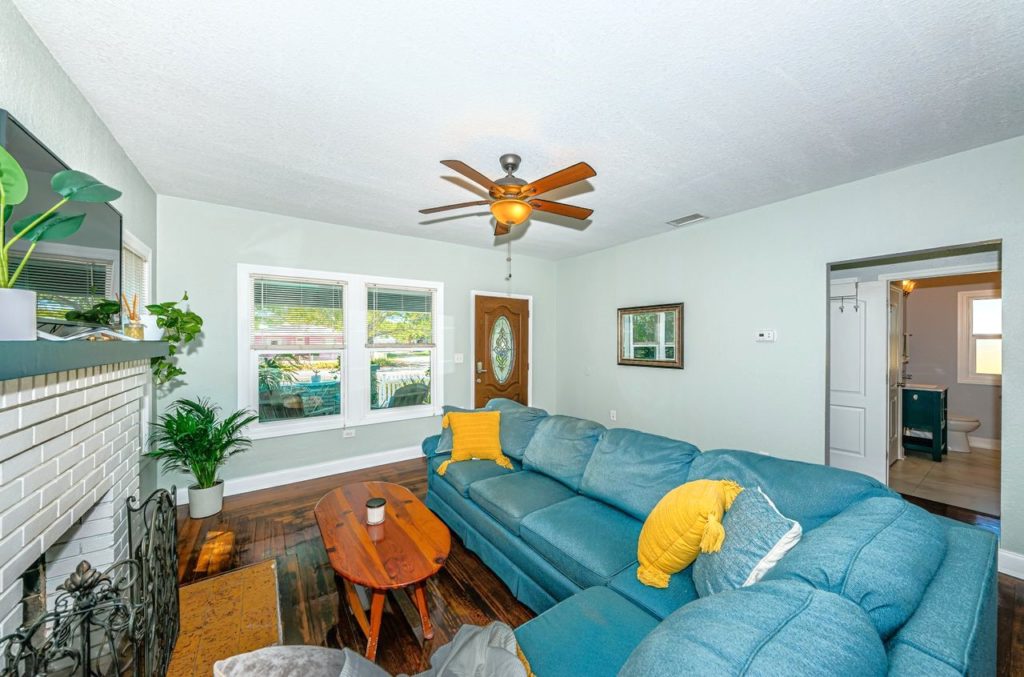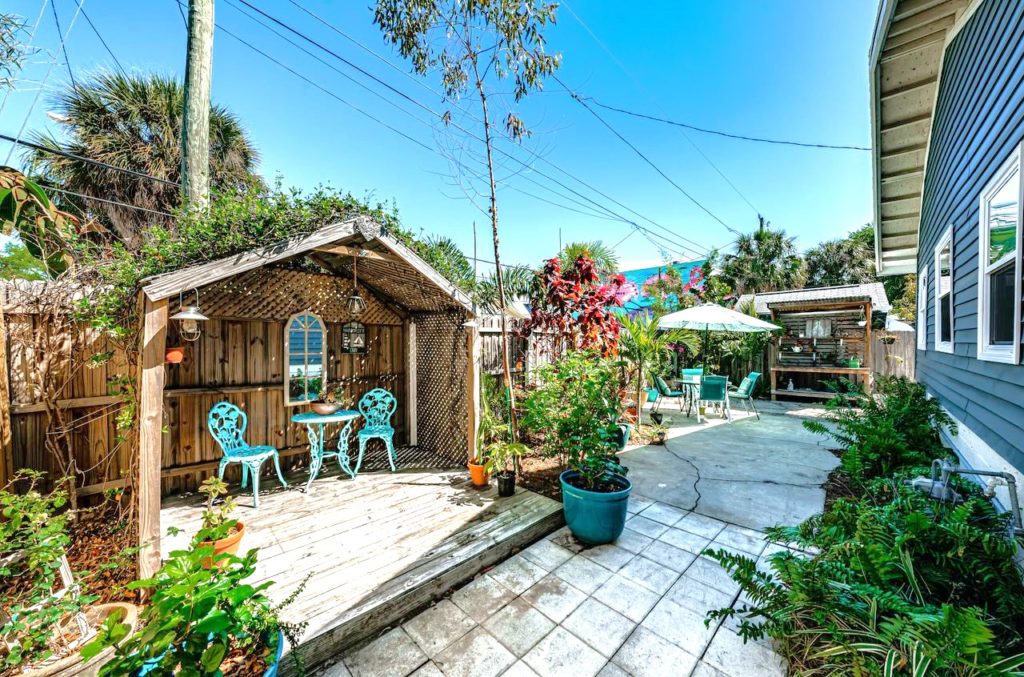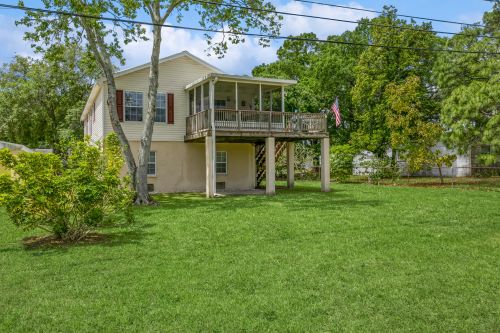
Are you in search of the perfect blend of comfort, convenience, and coastal charm? Look no further than 150 Mystic Lake Dr, a newly listed gem nestled in the heart of sunny St. Petersburg, FL. This elevated 3-bedroom, 2-bathroom home offers a serene escape just steps away from the picturesque Mystic Lake. Let’s dive into what makes this property a must-see for anyone seeking the quintessential Florida lifestyle.
Location, Location, Location:
Situated directly across from the stunning Mystic Lake, this home boasts not only beautiful views but also easy access to outdoor activities and relaxation. Whether you enjoy fishing, boating, or simply soaking in the natural beauty of the surroundings, living here means having it all right at your doorstep.
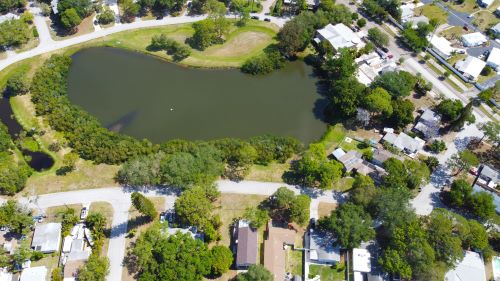
Interior Elegance:
Step inside to discover a well-appointed space that effortlessly blends functionality with style. Crown molding graces the ceilings, adding a touch of sophistication to the living areas. The kitchen is a chef’s delight, featuring granite countertops and a convenient coffee bar for your morning brew. With insulated windows throughout, enjoy comfort and energy efficiency year-round.

Spacious Bedrooms and Modern Amenities:
This home offers three spacious bedrooms, two of which feature large walk-in closets – perfect for storing your wardrobe and personal belongings. With the washer and dryer conveniently located inside the home, laundry day becomes a breeze. Plus, the layout ensures privacy and comfort for both residents and guests alike.
Outdoor Oasis:
Step outside to the screened-in porch and immerse yourself in the tranquility of partial lake views and lush surroundings. Privacy is guaranteed with no neighbors at the front, thanks to the lush mangrove trees lining the lake. The expansive lot provides ample space for outdoor entertainment, whether you envision a pool, a garden retreat, or storage for your recreational vehicles.
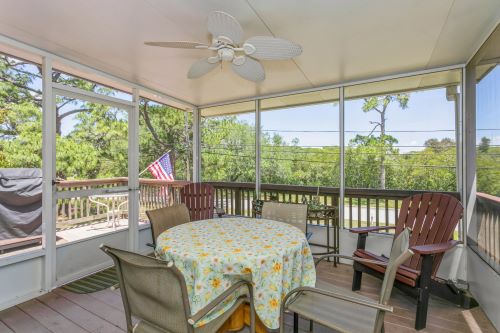
Convenience and Cost Savings:
Aside from its undeniable charm, this home offers practical benefits as well. Being elevated and built in 2006, it boasts lower insurance costs – a win for your wallet. Recent upgrades, including a new roof installed in 2022 and HVAC system in 2018, provide peace of mind for years to come.
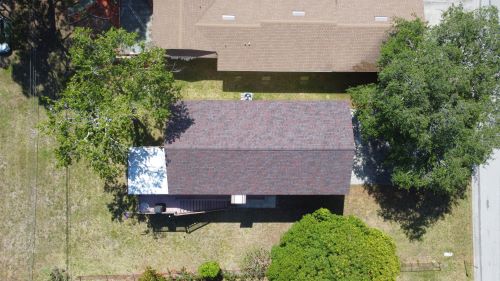
Ideal Location:
Located within walking distance of 4th Street, residents enjoy easy access to a plethora of shopping, dining, entertainment, and grocery options. And with downtown St. Pete just a short drive away, the best of Florida living is truly at your fingertips.
Your Next Home Awaits:
Don’t miss out on the opportunity to call 150 Mystic Lake Dr your new home sweet home. Whether you’re seeking a peaceful retreat or a vibrant community atmosphere, this property has it all. Schedule a showing today and experience the epitome of St. Petersburg living.
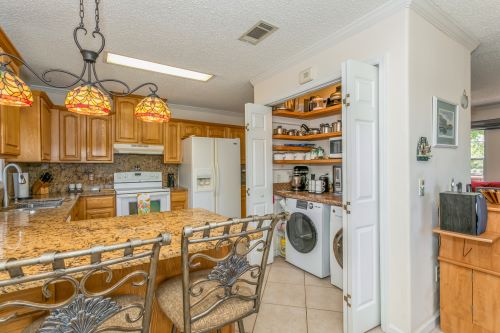
Contact Us:
Ready to take the next step? Reach out to David Price at 727-458-4537 for additional details or to schedule a showing. Your dream home awaits – don’t wait to make it yours!
With its prime location, modern amenities, and inviting atmosphere, 150 Mystic Lake Dr is more than just a home – it’s a lifestyle. Seize the opportunity to make it yours today!


